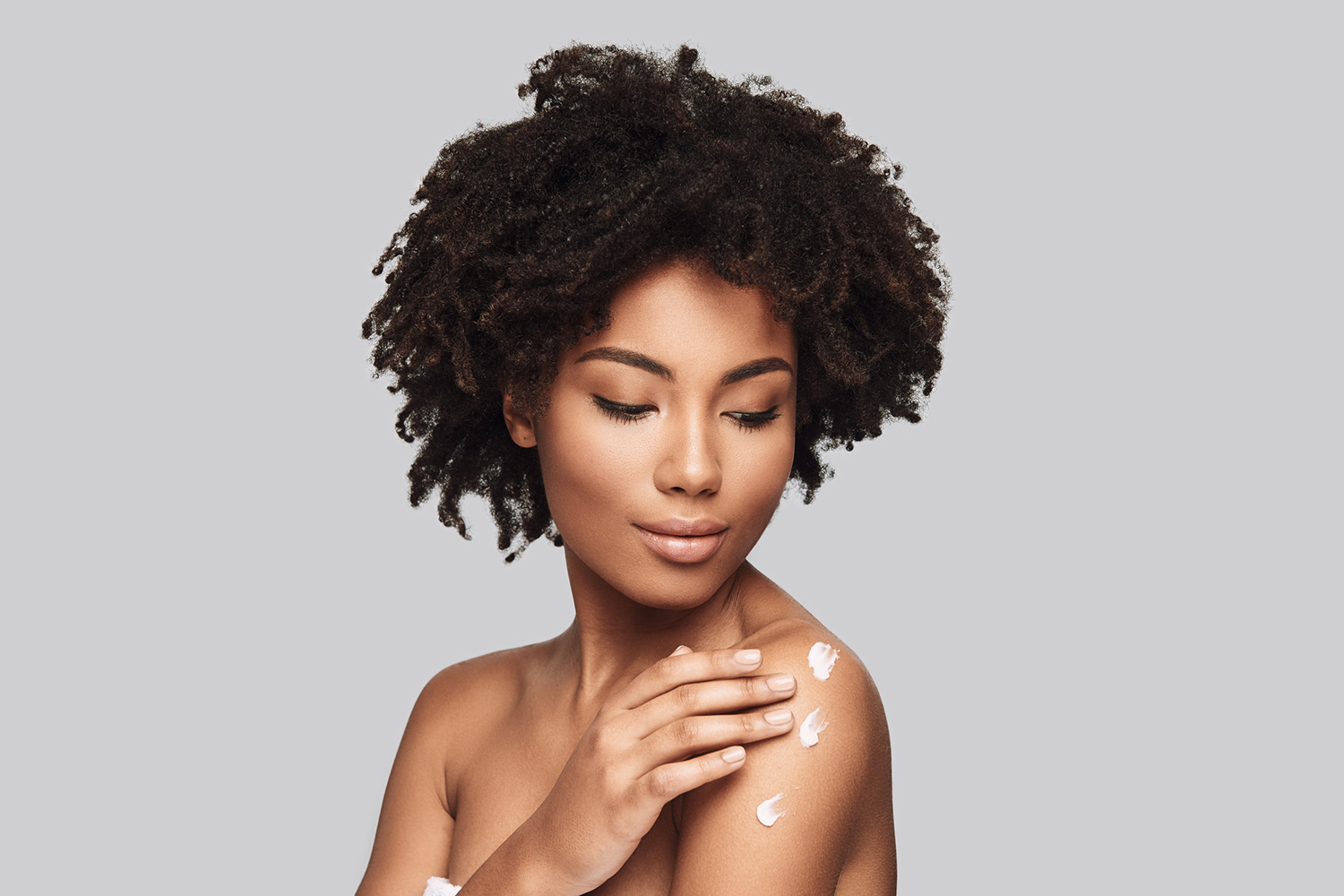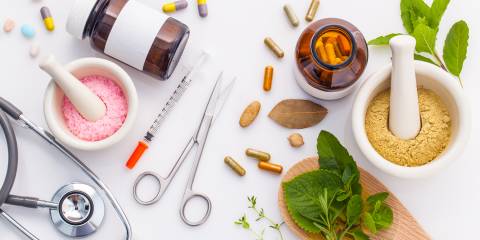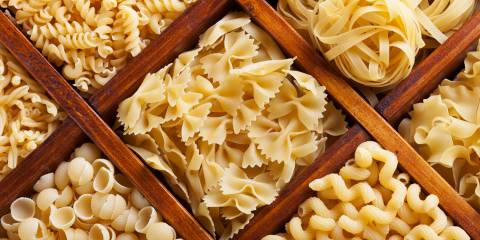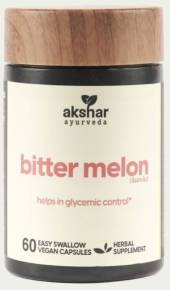We get so bombarded with advertising—especially when it comes to beauty products—that it’s challenging to decipher which ingredients our skin really needs to look and stay healthy.
The following guide covers key ingredients in moisturizers to treat the outside of your skin plus foods and supplements to take care of dry skin from within.
What to Look for in Moisturizers
Wind and sun exposure, indoor heating, the aging process, and diet all affect skin’s moisture level. A moisturizer keeps skin hydrated either by adding water or by trapping water that’s already there. Humectants are substances that retain moisture.
Choose natural humectants such as aloe vera, calendula (an herb that promotes skin cell formation and softens skin), and hyaluronic acid.
“Hyaluronic acid, also referred to as ‘nature’s moisture magnet,’ can hold up to 1,000 times its own weight in water,” says Linda Miles, LAc, DOM, vice president of derma e Natural Bodycare. This natural humectant “has the amazing ability to bind moisture to tissue to soften, smooth, tone, and rehydrate your skin,” she adds.
While our bodies produce hyaluronic acid, its production decreases as we age. By 50, we make less than half the hyaluronic acid we did as babies. There are no food sources for hyaluronic acid, so it must be applied topically. With use, fine lines flatten and deeper wrinkles become less noticeable.
Other key ingredients to moisturize dry skin are vitamin C, vitamin E, and CoQ10 (an enzyme necessary for proper cell functioning)—all potent antioxidants that fight damaging free radicals, a cause of premature skin aging.
- Vitamin C can help stimulate older skin cells to produce collagen (a protein found in young skin tissue) at the same rate as younger cells, which improves skin’s firmness.
- Or break open a capsule of 400 IU of vitamin E and use it on the delicate area around your eyes.
- “CoQ10 is a naturally occurring enzyme found in every living cell of the body and plays a particularly important role in skin rejuvenation,” says Daniel Wiser, brand manager of Avalon Organics. “As we age, CoQ10 levels diminish, accelerating the aging process of the skin. By bolstering levels of this important enzyme within our skin, topical applications of CoQ10 have been shown to reduce the signs of aging.”
Moisturizing Foods & Supplements
Strengthen your beauty from the inside out by eating right and supplementing your diet.
- Magnesium is one of the most important hydrating nutrients for skin. Food sources include meat, seafood, dairy products, bananas, and tofu, or take 400 to 800 mg per day.
- “Vitamin A is the number-one wrinkle fighter,” says Ann Louise Gittleman, PhD, CNS, author of The Living Beauty Detox Program. Obtain this vitamin by supplementing with fish oils or by eating cantaloupe, carrots, sweet potatoes, leafy green veggies, peaches, papaya, mango, and apricots.
- A daily dose of 500 to 3,000 mg of vitamin C helps skin to build and maintain collagen. Food sources include berries and citrus.
- CoQ10 neutralizes free radicals while providing energy for new cells; take 50 to 60 mg with food.
- Try 400 IU daily of vitamin E to prevent free-radical damage to cell membranes. Grains, legumes, and nuts are natural sources of this vitamin.
- Make sure you’re drinking enough water—preferably eight glasses daily. When you stay hydrated, your skin does as well. This allows your body to flush away toxins, which discourages the formation of wrinkles.
Skin Care Routine
- First wash your face with a gentle cleanser. Avoid products with harsh synthetics or detergents like sodium lauryl sulfate and sodium laureth sulfate, which can strip skin of its natural oils. “An unscented moisturizer with vitamin E provides antioxidant benefits, protecting skin from free-radical damage that can lead to premature aging, fine lines, and wrinkles,” says Catherine Blackwell, brand manager for JASON. Avoid washing your face with hot water.
- Apply moisturizer while skin is still damp. An exception to this rule is when you are also using concentrated antiaging or antiacne treatments; apply those to skin when your face is dry. Wait 10 minutes and dot on a pea-sized amount of facial cream. Apply moisturizer morning and night for best results.





